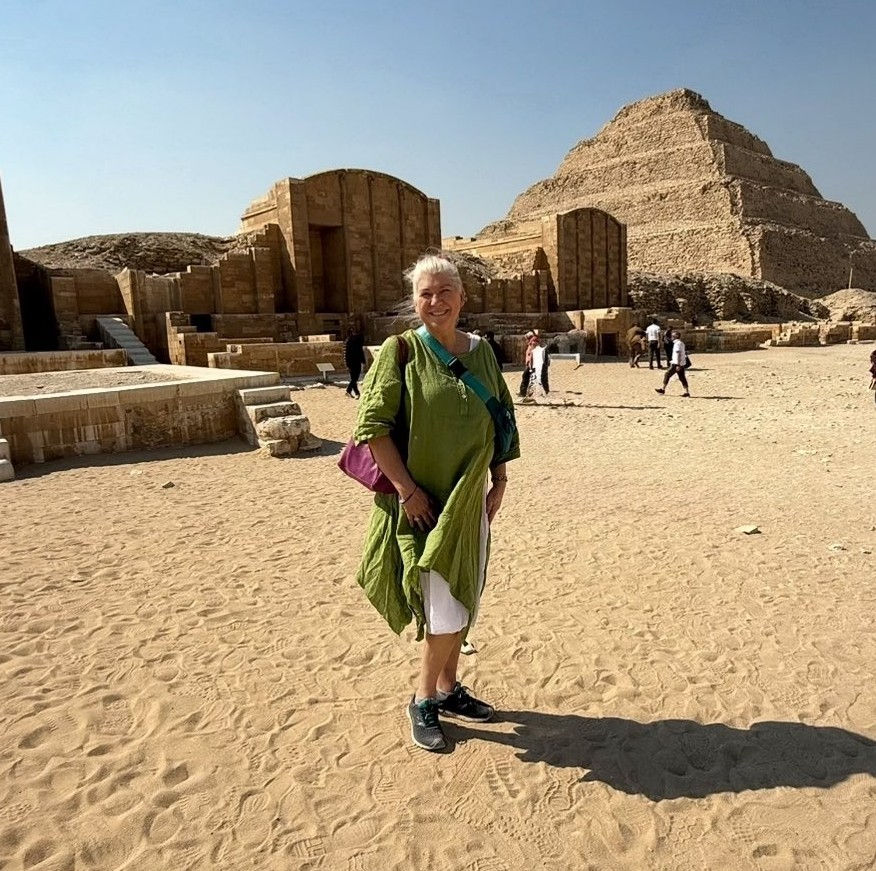Automatic Drawing – How I Use Automatic Drawing for My Encaustic Painting
- paigegrobertson

- Jun 16
- 2 min read
By Paige Gunter Robertson – Encaustic & Wax Painting Artist
In my encaustic painting practice, one of the most important tools I use isn’t a brush or a torch—it’s my subconscious.
Automatic drawing, a surrealist technique developed in the early 20th century, allows the hand to move freely across the surface without conscious control. It was pioneered by artists like André Masson and Jean Arp as a way to bypass rational thought and access the raw material of the unconscious mind. This method of art-making has deep roots in surrealism, but it’s incredibly relevant to contemporary artists working with expressive media—especially those of us using encaustic painting and wax painting as our creative vehicle.
What is Automatic Drawing?
Automatic drawing is often described as letting your hand “doodle” while your mind steps aside. The surrealists called it “psychic automatism”—a pure, instinctual process that revealed hidden thoughts and emotions. The goal wasn’t to create a recognizable image, but to allow unconscious marks and gestures to emerge organically.
I see it as creative freedom—no expectations, no judgment. Just motion and moment.

Why It Matters in Encaustic Art
Working with encaustic wax requires trust. The medium itself is unpredictable: hot wax responds to temperature, pressure, and even timing. You can’t always control what will happen once the torch meets the surface. That’s why automatic drawing fits so perfectly within my process.
Before I even heat the wax, I often begin with a session of automatic drawing. I sketch loosely—sometimes eyes closed, sometimes while listening to music—and let my hand lead. These early gestures become the roadmap for the layers of pigment and wax that follow. Sometimes they remain visible in the final piece; other times, they become buried like artifacts beneath translucent surfaces, still influencing the emotional energy of the artwork.
When I etch into warm wax, I return to that same spontaneous mindset. I might carve a line without knowing why—only to discover later it reflects a memory, a mood, or a motif I hadn’t consciously realized.

From Drawing to Wax Painting
Automatic drawing is the spark, but encaustic painting is the flame. Once I have that initial layer of intuitive marks, I begin to build with molten wax and pigment. I fuse each layer with heat, letting the textures deepen and evolve. And just like the subconscious marks beneath, the wax itself often behaves in surprising ways—melting, pooling, blending, resisting.
This dance between intention and instinct is where the magic happens. And it’s why I keep coming back to automatic drawing as a foundational part of my creative process.
A Medium with Depth—Literally and Emotionally
There’s something about wax painting that invites depth—not just physical, but emotional. Whether I’m layering oil pigment over encaustic, embedding found materials, or carving through surface layers, I always try to honor the spontaneous marks that started it all.
Automatic drawing helps me stay connected to that raw, intuitive core. It reminds me to let go. To explore. To trust.
And in a medium as alive and ancient as encaustic painting, that trust is everything.
Want to see how automatic drawing influences my encaustic work?


Comments